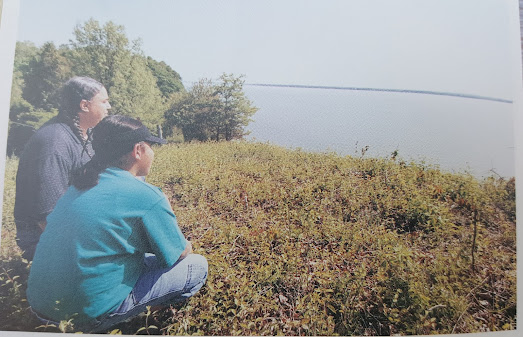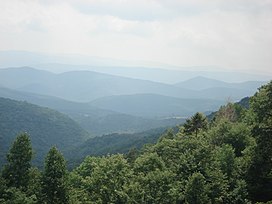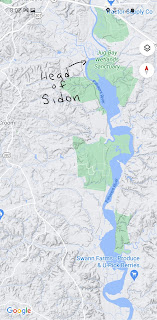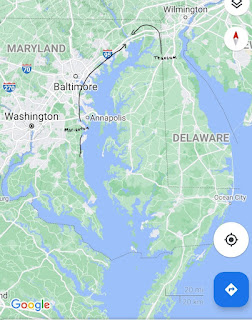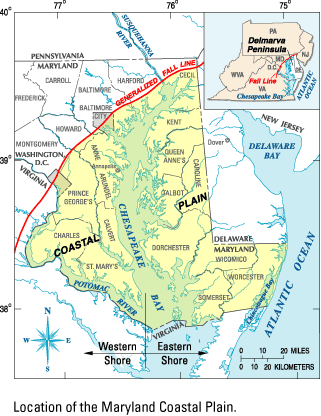Cities by the East Sea
The purpose of the cities by the east sea take on a new and important meaning with this model. It becomes clear why Moroni finds it critical to invest time and money building "cities by the east sea" during war time. These cities serve as a defense from the Lamanites coming across the sea. The Lamanites are on both the east shore of the Chesapeake (land of first inheritance) and the west shore, below the land of Zarahemla. Although the text doesn't say exactly, they would most likely be found on the west of the Potomac river (west sea). This would be how the Lamanites could attack from the "west sea." (Add map)
